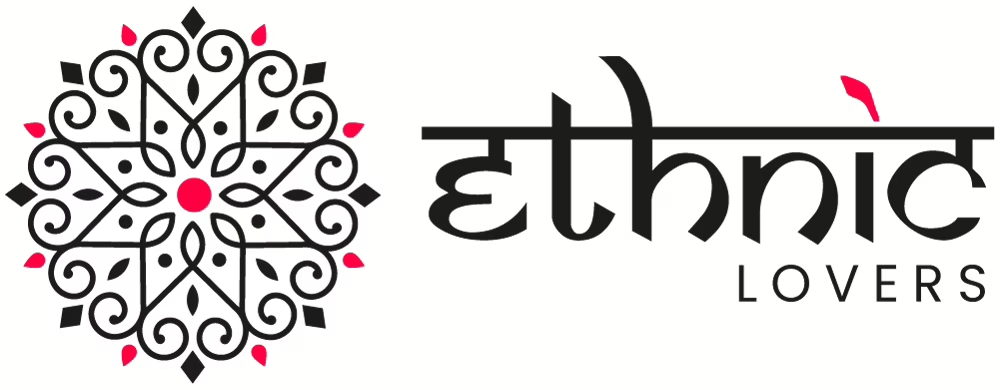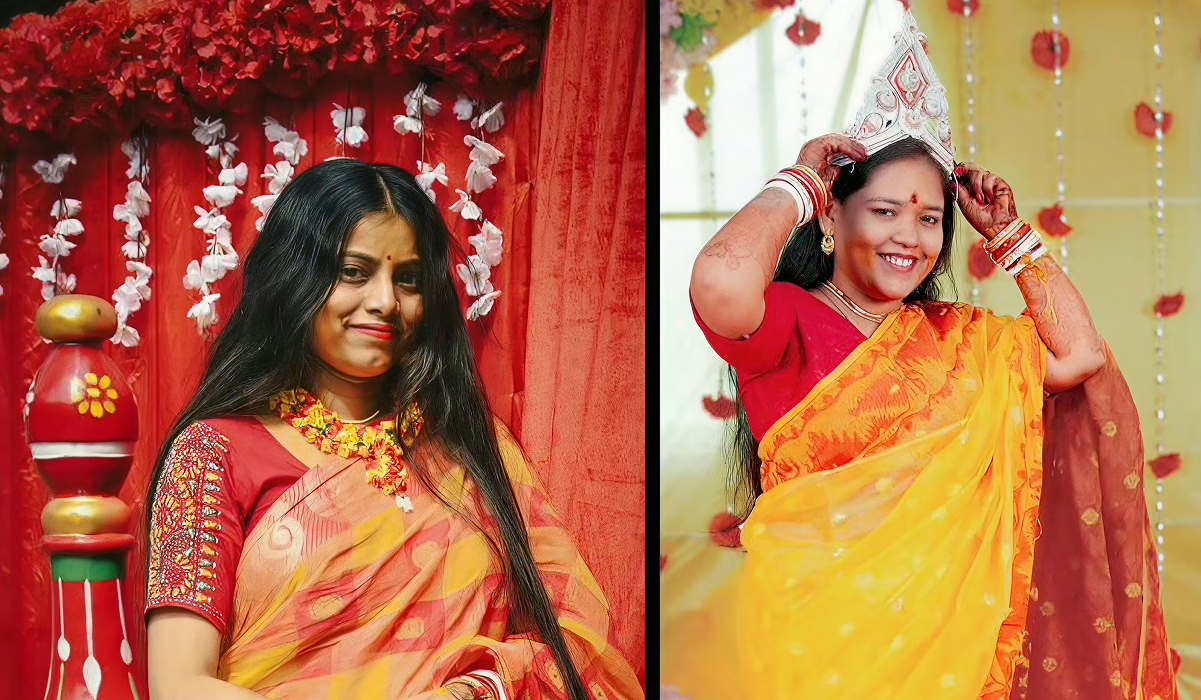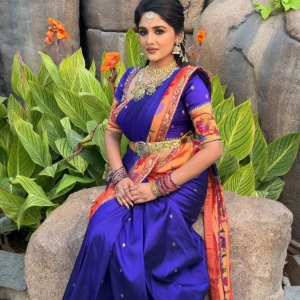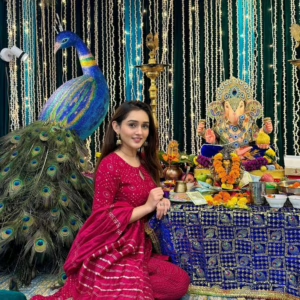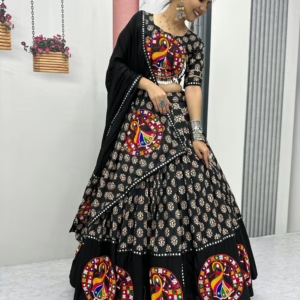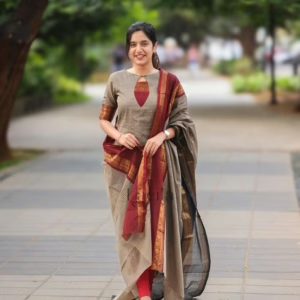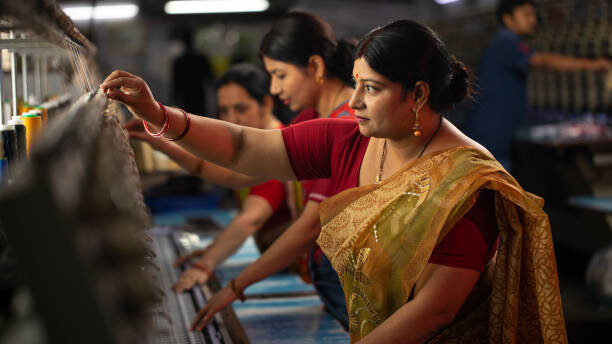
Credits: istock photos
The Indian saree is the epitome of elegance, grace and cultural heritage. Every region in the country contributes to its unique weave and style. Among these innumerable varieties, the Tant saree stands out as a symbol of grace and simplicity.
The Tant saree originated from the Bengal region in India. It is characterized by its super light cotton material and beautiful woven designs intricately done by skilled artisans.
Popular for its versality and comfort, the lightweight Tant saree is loved by women across the nation for both formal and casual occasions. The weaving technique used in making the this saree makes it breathable and perfect for India’s tropical climate.
This saree is vibrant in color and generally adorned with delicate motifs. It exudes a timeless charm reflecting India’s rich cultural tapestry. Whether worn daily or as a part of festive attire, the Tant saree is always a quintessential expression of Indian tradition and femininity.
An insight into the name “Tant”
The word “tant” is derived from the Bengali word “tanta,” meaning “weave” or “loom.” Tant weaving involves the use of cotton yarns to create lightweight and breathable fabrics, making it ideal for the hot and humid climate of Bengal. The technique is characterized by its simplicity and versatility, allowing weavers to produce a wide range of textiles, including sarees, dhotis, and scarves.
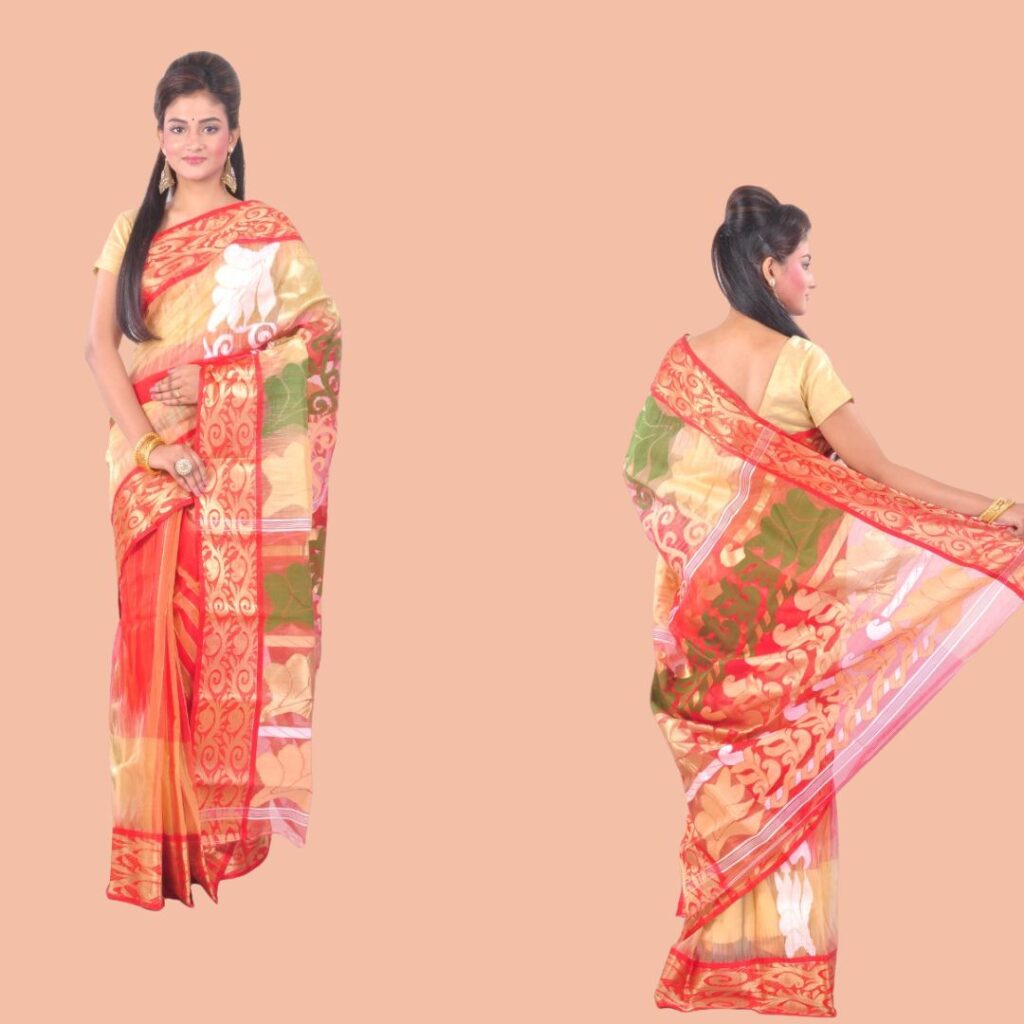
Origins and history of the tant saree
Tant is the representation of one of the most ancient and finest weaving techniques that took birth in the 15th century in Bengal. Thanks to ancient Hindu influences, an intense Mughal patronage and Bengal’s love for design that it gets its unique identity today!
Let’s look at the early days of the tant saree and its evolution over the years:
- The Birth (15th-18th Century): Tant saree weaving flourished in a region named Shantipur, Bengal under the Mughal patronage. This era saw a surge in muslin and the jamdani weaving techniques closely linked to tant. Back in the day, the tant saree was purchased by the commoners for their comfort, affordability and suitability to the hot and humid climate of Bengal.
- The British Raj (18th Century Onwards): This period was a dark phase for the tant saree weaving industry in Bengal. The British feared competition from the tant saree weaving industry against the
- textile industry. They tried to suppress this form of art however the tant weaving community’s resilience made it survive.
- Bengal Partition and Beyond (1947 onwards): The 1947 partition of Bengal resulted in the migration of several skilled weavers from Bangladesh to West Bengal (especially in Phulia Village). This led to a blend of weaving styles from both regions enriching the tradition of the tant saree creating the mesmerizing varieties we come across in the market today!
Tant sarees have always been an integral part of Bengali culture despite the challenges described above. In the modern times, they are not just comfortable for daily wear, but they are cherished for their exquisite aesthetics and craftsmanship.
The Tant Saree- A must-have for every woman!
Contemporary tant sarees are known for their lightweight cotton fabric and breathable weave. No matter how hot the climate may get, its airy nature offers women respite as it allows air to circulate freely. Women feel comfortable and cool wearing this absorbent fabric all day as it allows beads of sweat to evaporate quickly.
One of the distinguishing features of tant weaving is the emphasis on geometric patterns and motifs. These patterns are often inspired by nature, folklore, or traditional symbols, reflecting the cultural heritage of the region. Weavers employ various weaving techniques, such as jamdani, jacquard, and dobby, to create intricate designs that adorn the fabric.
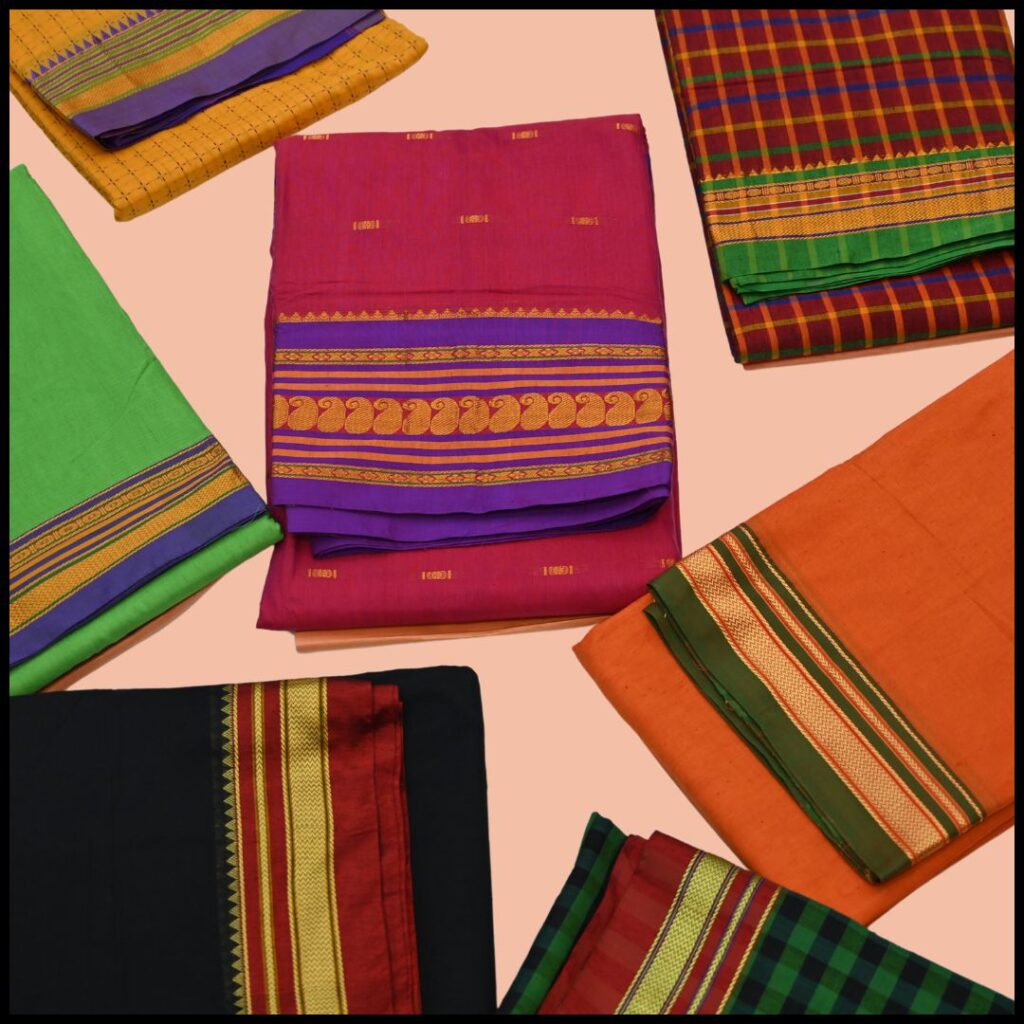
Tant weaving is practiced in Nadia, Hooghly, and Murshidabad in West Bengal. This craft has been passed down via generations, with several families being involved in the craft for centuries.
Despite challenges from mechanized textile production and changing consumer demands, tant weaving still thrives as artisans earnestly strive to preserve this cultural tradition. In recent years, there has been a renewed interest in tant weaving, both domestically and internationally. Organizations and designers are collaborating with traditional weavers to promote and modernize the craft, ensuring its sustainability and relevance in the contemporary fashion industry.
Additionally, initiatives aimed at providing training and financial support to artisans are helping to preserve this invaluable cultural heritage and improve the livelihoods of weaving communities.
Overall, tant weaving represents more than just a textile technique; it embodies the rich cultural legacy of Bengal and serves as a testament to the skill and creativity of its artisans. Through continued support and appreciation, tant weaving can continue to flourish and inspire future generations with its timeless beauty and craftsmanship.
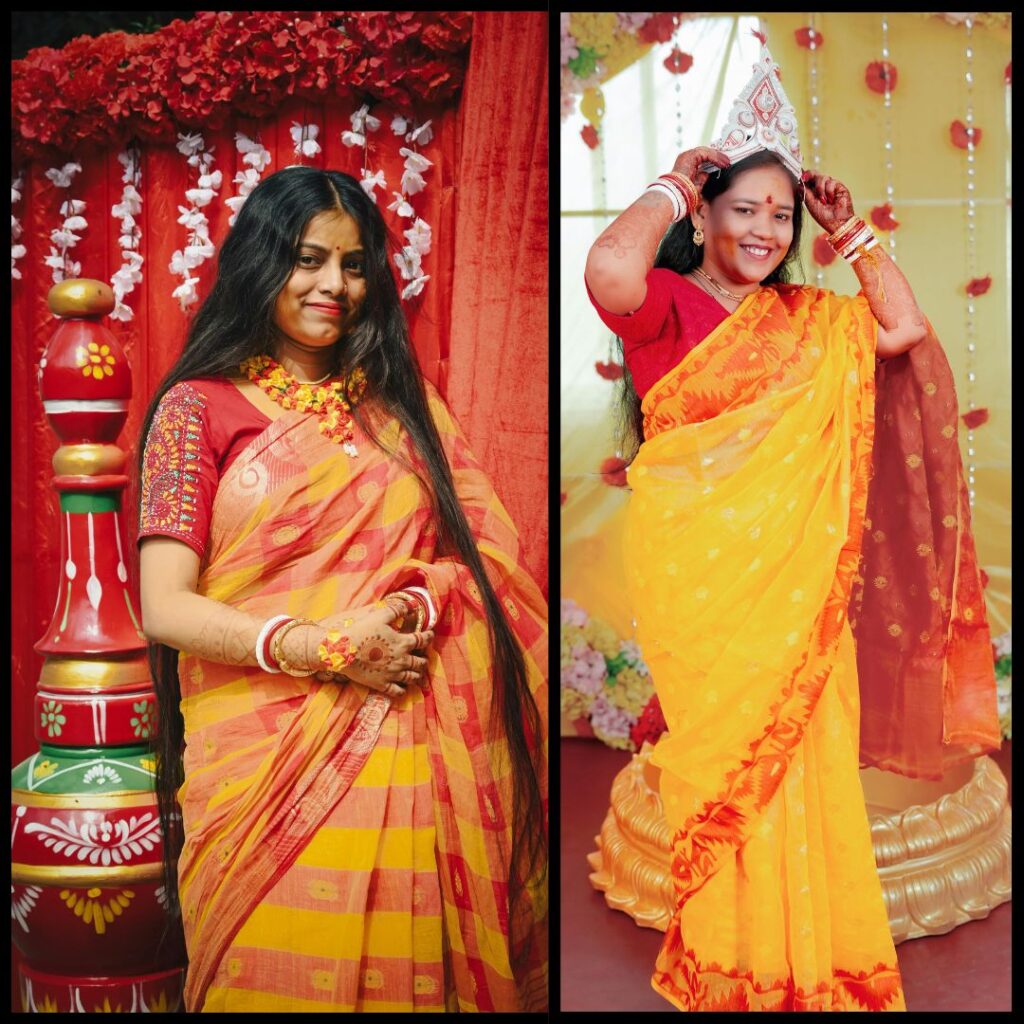
Today, it is embraced by fashion enthusiasts and designers alike. It adds a touch of cultural richness and elegance to numerous occasions like festivals, weddings, or casual gatherings. The Tant saree is versatile in nature. allowing women to embrace diverse styling options from classic drapes to fusion ensembles. Last but not the least, besides its aesthetic appeal, the traditional Tant saree symbolizes craftmanship and heritage, serving a proud representation of India’s rich textile tradition in the global fashion arena!
Don’t miss out on the beauty and grace of this iconic Bengali weave. Visit EthnicLovers.com today and immerse yourself in the allure of tant sarees!
